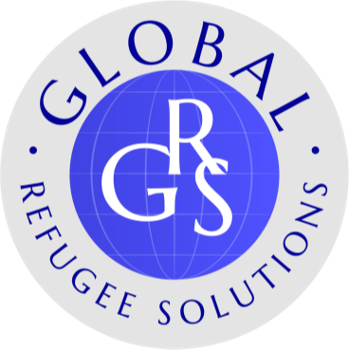Iran
Learn more about the region below
Overview
Iran hosts one of the largest refugee populations in the world, primarily Afghans and Iraqis. Most live in protracted situations without formal documentation. Recent instability in Afghanistan has triggered new waves of migration, adding pressure to Iran’s strained resources and infrastructure.
Country Facts
- Total Population: 92.4 million (2025 est.)
- People in Need of Assistance: 3.8 million refugees and people in refugee-like situations
- Refugees and Asylum-Seekers:
- Over 2.6 million undocumented Afghan refugees
- Approximately 800,000 registered with Amayesh cards
- Recent Deportations: 1.2 million undocumented Afghan migrants deported (as of Jan 2025)
- Key Issues: Lack of legal documentation, economic hardship, deportation threats, water scarcity, climate change, sanctions
Crisis
Iran has hosted Afghan refugees for over four decades, but the situation worsened after the Taliban’s return in 2021. Many undocumented migrants face deportation and discrimination. Economic sanctions hinder humanitarian aid, while climate change and water shortages further strain living conditions. Despite signing the 1951 Refugee Convention, Iran struggles to meet refugees’ and host communities’ needs.
Frequently Asked Questions (FAQs)
Why are there so many Afghans in Iran?
Afghans have sought refuge in Iran due to decades of conflict, instability, and economic collapse in Afghanistan, trends intensified by the Taliban’s return.
What is an Amayesh card?
A refugee ID card issued by Iran that provides registered Afghan refugees limited access to work, education, and healthcare.
Are refugees in Iran at risk of deportation?
Yes. Over 1.2 million undocumented Afghans were deported by early 2025, and deportations continue.
How are sanctions affecting refugees in Iran?
Sanctions impede international aid flow and weaken Iran’s economy, making it harder to support refugees.
What role does UNHCR play in Iran?
UNHCR coordinates assistance, advocates for refugee protection, and supports integration and voluntary return programs.
